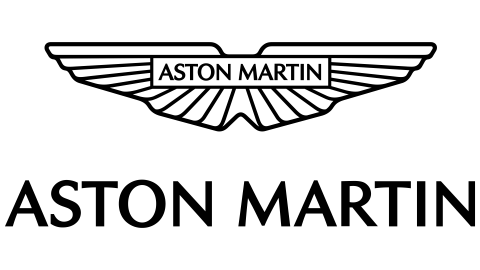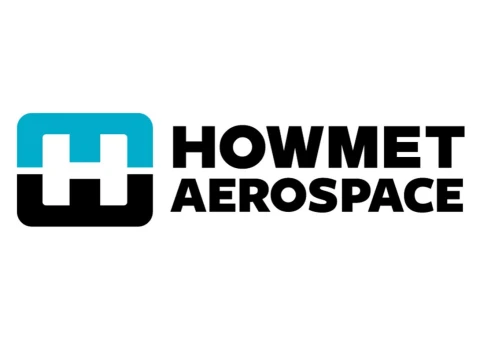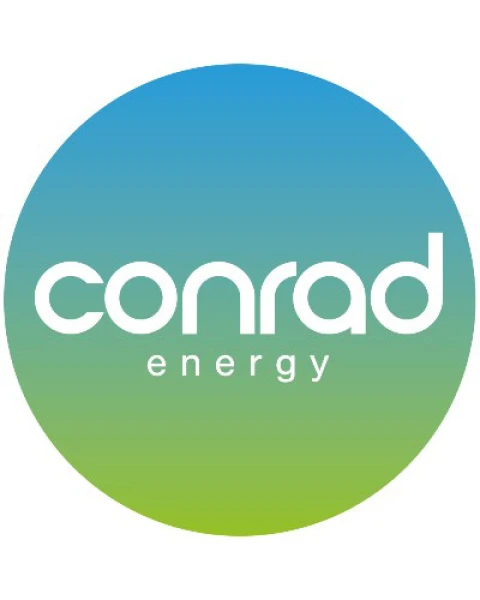
- Knowledge Base
- Frequently Asked Questions
Frequently Asked Questions
Below you will find some of the most frequently asked questions about Eurosafe, the safety solutions and services we provide, our products, and working at height safety regulations.
Anyone working at height should be identified as competent to carry out the tasks required. This involves ensuring they have sufficient skills, knowledge, and experience. This can be demonstrated through working at height training qualifications. Anyone taking part in working at height training does not have to be a competent person as long as they are supervised by somebody who has been deemed competent.
The level of skills, knowledge, and experience required to be classed as competent depends on the task required. For example, tasks that are low-risk and short duration may require no more than short instruction and appropriate training. On the other hand, tasks such as drawing up plans for complex scaffold assembly will require a higher level of skills, knowledge, and experience. Specialist working at height training schemes and certification is one way to demonstrate competence for higher-level tasks.
The Work at Height Regulations 2005 (WAHR) apply to all work where a fall could occur that may cause personal injury. The regulations apply to employers and anyone that controls work at height, for example if you are a contractor or a factory owner.
The Work at Height Regulations 2005 state that duty holders must ensure that:
All work at height is properly planned and organised.
Those involved in work at height are competent.
The risks from working at height are assessed, and appropriate work equipment is selected and used.
The risks of working on or near fragile surfaces are properly managed.
The equipment used for work at height is properly inspected and maintained.
Any work that occurs at a height where a worker could fall a distance that could cause personal injury or death if precautions are not taken. This includes any places where work is undertaken above ground level, where you could fall from an edge, or where you could fall from ground level into an opening. Falls from height must involve a fall from one level to another. For this reason, slips and trips that occur on one level do not constitute a fall from height. Falls on permanent staircases can also not be classed as falls from height.
Lack of correct working at height training is a major contributing factor in the fatal and major injury accidents caused by falls from height. Without correct training, workers are at a significantly higher risk of making errors that could lead to severe injuries or even death.
Effective height safety training equips workers with the necessary skills and knowledge to perform their tasks safely and efficiently, reducing the likelihood of accidents. By prioritising height safety training, employers can create a safer work environment, minimise risks, and provide greater peace of mind to building owners, managers, and employees.
As well as receiving the correct working at height training, workers should be regularly appraised and receive training refreshers. Continuous training helps reinforce safety practices, updates workers on new safety equipment or procedures, and addresses any gaps in knowledge or skills that may develop over time.
Leveraging Eurosafe’s leadership position in the fall protection industry, we offer a range of cutting-edge height safety training programmes tailored to individual worker needs. These courses are meticulously designed to provide participants with the appropriate level of training, resulting in a significantly safer work environment where risks are minimised.
Our height safety training programmes include:
The Confined Space Regulations 1997 state: A ‘confined space’ means any place, including any chamber, tank, vat, silo, pit, trench, pipe, sewer, flue, well or other similar space in which, by virtue of its enclosed nature, there arises a reasonably foreseeable specified risk.
Not sure if you have confined spaces on your premises? Book our confined space consultancy & audit services to assess your site and identify confined space training and PPE requirements.
Every situation is different and therefore requires a specific approach. Risks vary per confined space. Some of the most common risks are:
Risk of serious injury to any person arising from fire or explosion
Loss of consciousness to any person arising from:
Increase in body temperature or
loss of consciousness or asphyxiation arising from gas and fumes or vapour, or a lack of oxygen.
Drowning of any person from an increased level of the liquid
Asphyxiation of any person from a free-flowing solid or inability to reach respirtable atmosphere
These specified risks may not be present during your initial risk assessment but you may wish to consider: Will the work to be done in the space introduce one or more of these risks? If your answer is YES then you will have a confined space.
Working in a confined space has many foreseeable risks and adequate training on how to enter a confined space and work in a confined space is a requirement of the Confined Spaces Regulations 1997. There is a difference between confined space health and safety awareness training and skills training on how to work in a substantially enclosed space that may have a lack of oxygen, free-flowing solids and other hazardous substances.
An employer, as a minimum, MUST make employees aware of the dangers of working in a confined space provide adequate training on the foreseeable risks and carry out a risk assessment that details a safe system of work.
For further information about Eurosafe confined space training, please contact us.
As well as receiving the correct training, workers should be regularly appraised and receive training refreshers to ensure that your skills and knowledge remain current and effective in maintaining safety standards. Over time, safety protocols and regulations can change, and regular refresher training helps you stay updated on the latest best practices. Additionally, it reinforces critical safety procedures and correct use of equipment, reducing the risk of accidents and injuries in confined spaces. Regular training also helps identify and address any gaps in knowledge or skills that may have developed since the initial training, ensuring a consistently high level of safety awareness and competence.
SolidRail® is made up of aluminium and is on average 30% lighter than competitor steel guardrails of similar size. This ultimately reduces the loads applied to the building.
SolidRail® can be powder-coated to any RAL colour upon request.
SolidRail® is completely freestanding, although wall-mounted end terminations can be achieved using the dedicated component.
The system comes with a full range of fittings for corners and deviations, and it can also be supplied with locking gates and a clip-on toeboard, allowing the guardrail to be customised to suit your roof space.
SolidRail® systems can be used either as a temporary or permanent fall protection solution and is fully compliant with the latest safety regulations (BS 13700:2021 + BS EN 13374:2013).
Answer: Yes.
Duty holders have a legal duty to ensure all staff and workers attending their sites are kept safe and free from injury. The Health and Safety at Work etc. Act 1974 (HSWA) requires employers to ensure, so far as is reasonably practicable, the health, safety and welfare at work of all their employees. This includes providing a safe place of work, safe systems of work, and adequate training and supervision. Employers also have a duty to protect others who may be affected by their work activities, such as contractors, visitors, and the public. This is further supported by the Working at Height Regulations 2005 (WAHR) which was introduced to prevent death & injury from falls from height and requires equipment and systems to be inspected and maintained in a safe condition.
The competent party undertaking the inspections will detriment the inspection frequency based on several factors such as risk, usage, and environment. In general, items such as horizontal cable safety systems (often referred to as mansafe) are inspected on a frequency not exceeding 12 monthly intervals. This is also applied to other items such as single-point anchors, ladders, and guardrails. Items that are required to raise and lower personnel such as rope access anchors or abseil rails are generally inspected at frequencies not exceeding 6 monthly intervals as come under the regulation of LOLER.
Yes, Insurance companies carry out a visual inspection/examination to satisfy LOLER 98 and PUWER 98. They would reference reports from the competent testing company for load testing etc and would recommend to clients have the equipment maintained by an approved agent, such as Eurosafe. They would also advise customers to have an approved agent inspect equipment, should they have concerns over the integrity of the system. Insurance companies therefore satisfy Reg. 9 (Thorough Examination) of LOLER where applicable and Reg 6 (Inspection) of PUWER. Eurosafe also covers these elements as part of their inspections along with Reg. 5 (Maintenance). This approach is seen as best practice as LOLER speaks about the competent person being sufficiently independent and impartial.
Yes, Duty holders have a legal duty to ensure all staff and workers attending their sites are kept safe and free from injury. The Health and Safety at Work etc. Act 1974 (HSWA) requires employers to ensure, so far as is reasonably practicable, the health, safety, and welfare at work of all their employees. The Electricity at Work Regulations 1989 state that all electrical installations, including lightning protection systems, must be maintained in a safe condition. Where lightning protection is installed, this needs to be maintained at frequencies not exceeding 12 months to ensure it is safe, fit for purpose and limit the risk to the duty holder.
Yes, there has been lots of improvements but one of the main changes is how inspection outcomes are recorded. Previous versions of the standard left the pass or fail result criteria open to some interpretation. The latest version of the Standard has addressed this and introduced 4 clear and concise category results along with detailing the information required to be gathered as part of an installation review.

Couldn't find an answer?
Contact our expert team today and we will get back to you as soon as possible













